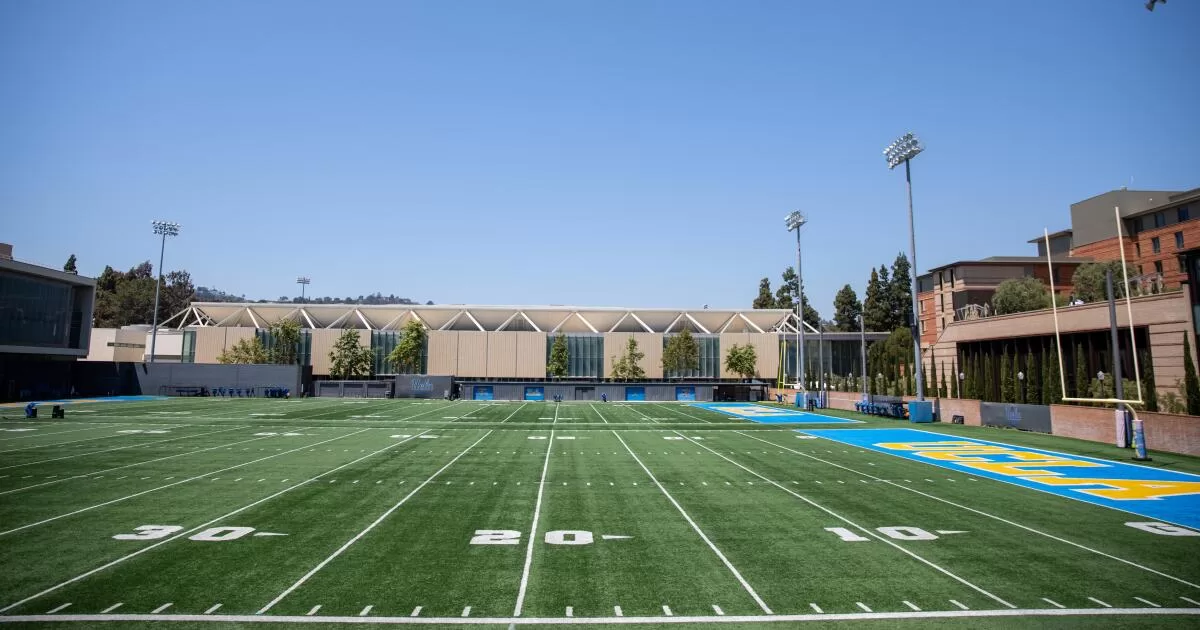By a vote of 7-1, the regents directed UCLA to give Cal an annual $10-million subsidy for the next three years — instead of six — because of a projected $50-million-per-year discrepancy in athletic revenue after UCLA announced it was headed for the Big Ten Conference.
The regents said they intended to revisit the payment amount halfway through UCLA’s six-year contract with the Big Ten Conference that ends in 2029-30. They also agreed that any change in revenue or expenses for UCLA or Cal exceeding 10% from the 2024-25 figures would trigger immediate discussions to adjust the payment amount.
UC president Michael V. Drake had earlier recommended that UCLA make the $10-million payment through the full duration of the school’s Big Ten contract. The 10-figure payment that the regents agreed to represented the high end of the $2 million to $10 million range they had discussed in December 2022 as part of their efforts to help close the gap in athletic revenue between the schools.
UCLA is being forced to pay the subsidy known as “Calimony” after announcing in June 2022 that it was leaving the Pac-12 Conference alongside USC for the Big Ten and a far more lucrative media rights deal starting this August. Oregon and Washington subsequently decided to join their Southern California counterparts in the Big Ten, further contributing to the dissolution of the Pac-12.
Cal later agreed to join Stanford and Southern Methodist as part of an expanded Atlantic Coast Conference while taking a reduced share of the conference’s media rights deal.
UCLA is expected to make roughly $60 million a year in media rights revenue compared to only around $11 million for Cal during its first seven years of ACC membership. The Golden Bears will receive larger percentages of conference revenue over the next two years before getting a full share in Year 10.
Critics of the “Calimony” payments that will total at least $30 million feel UCLA is being unfairly punished for seeking the best deal to secure its own future as part of a rapidly changing college sports landscape. Should the Bruins bear the responsibility for being proactive, not to mention a more coveted commodity than the Golden Bears?
There’s no debating that a $10 million annual payment could put UCLA at a competitive disadvantage in its new conference, particularly when it’s added to a yearly tab as high as $10.32 million that the school has committed to spending on enhanced nutrition, mental health and academic tutoring in addition to more chartered flights to mitigate travel challenges.
The subsidy also represents a setback for an athletic department that has run up $167.7 million in debt since the 2019 fiscal year, spurring the move to the Big Ten that will provide value beyond the media rights deal. UCLA is also expected to receive a larger share of College Football Playoff revenue as well as more money from NCAA tournament distributions based on the Big Ten’s recent success in both events.
Now some of that money will be headed to Berkeley.
